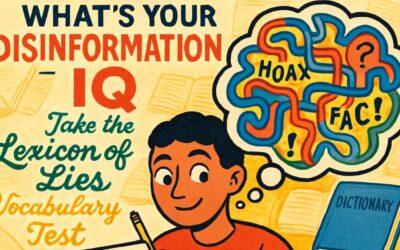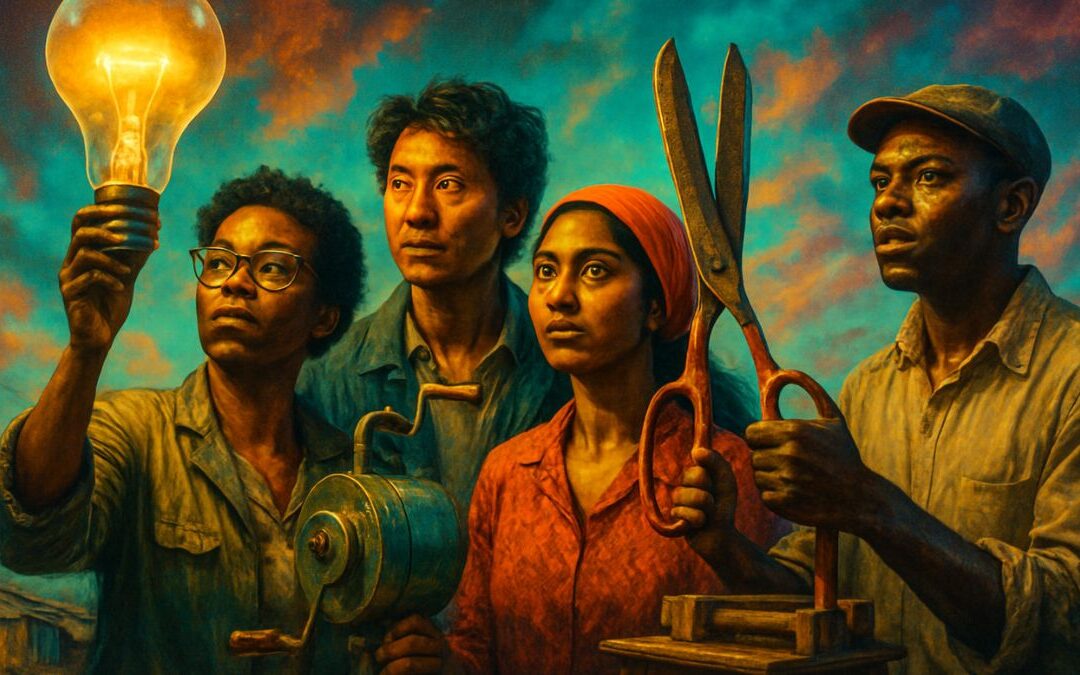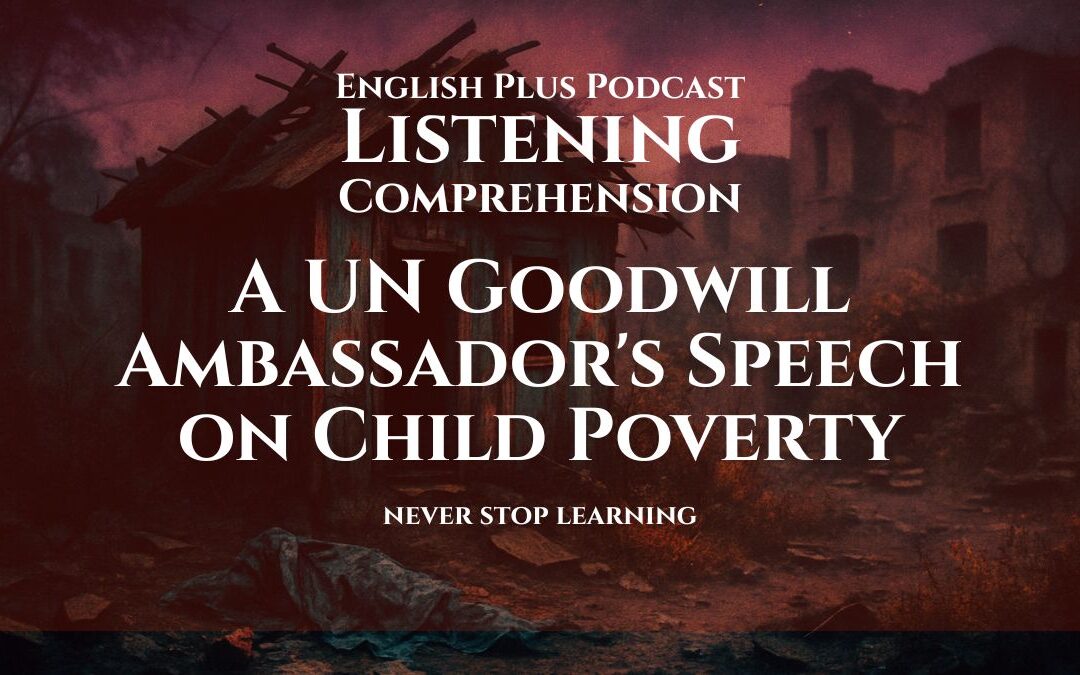Introduction
Welcome to your advanced workshop on the vocabulary of literary criticism! This quiz is designed not merely to test your knowledge, but to build it in a meaningful and contextual way. For students of literature, moving from personal enjoyment to academic analysis requires a new, more precise lexicon. This interactive quiz will equip you with the specialized terms needed to articulate complex ideas about structure, style, and meaning. As you navigate the questions, you’ll learn to identify subtle literary techniques and understand the frameworks critics use to interpret texts. The detailed hints and feedback will act as a personal tutor, guiding you toward a deeper, more sophisticated engagement with the literature you love.
Learning Quiz
This is a learning quiz from English Plus Podcast, in which, you will be able to learn from your mistakes as much as you will learn from the answers you get right because we have added feedback for every single option in the quiz, and to help you choose the right answer if you’re not sure, there are also hints for every single option for every question. So, there’s learning all around this quiz, you can hardly call it quiz anymore! It’s a learning quiz from English Plus Podcast.
Quiz Takeaways | From Reader to Critic – Building Your Academic Vocabulary
Hello, and welcome to this discussion on the essential vocabulary of literary criticism. If you’ve ever read a book and felt there was something deep and complex happening beneath the surface, but struggled to find the right words to describe it, then you are in the right place. Moving from being a passionate reader to a perceptive critic requires a new set of tools—a specialized vocabulary that allows us to dissect a text, understand its inner workings, and articulate our insights with precision and authority. The quiz you’ve just worked through was a boot camp for this very skill. Now, let’s unpack some of those key concepts and see how they form the bedrock of academic literary analysis.
A great place to start is with the building blocks of a story. We’re all familiar with the protagonist, the hero of the tale. But great literature is rarely that simple. Authors use other characters to shape our understanding of the protagonist. A key example is the foil. As we saw, a foil is a character who exists to create a contrast. Think of the calm, logical Spock next to the passionate, impulsive Captain Kirk in Star Trek. Spock is a classic foil; his restraint highlights Kirk’s emotional nature. This is a much more nuanced concept than the antagonist, who simply provides the central conflict.
Authors also manipulate our access to information through their choice of narrator. A narrator isn’t just a voice telling a story; they are a lens through which we see everything. A particularly fascinating device is the unreliable narrator. This is a storyteller whose credibility is compromised, forcing us, the readers, to become detectives, to piece together the truth from a biased or distorted account. This technique challenges our passive acceptance of the story and makes us active participants in the construction of its meaning.
Beyond characters and narrators, literature is built on patterns. When an image, idea, or phrase is repeated throughout a text, it’s not an accident; it’s a motif. The recurring image of the broken clock in our quiz question is a perfect example. It’s a concrete symbol that constantly reminds us of the abstract theme of time and decay. Recognizing motifs is like finding a key that unlocks a deeper level of thematic understanding.
When we place two contrasting things side-by-side, like a grim setting and a cheerful character, we’re using juxtaposition. This technique forces a comparison and creates tension, making both elements seem more extreme and significant. It’s a powerful tool for highlighting conflict and creating complex emotional effects without explicitly stating them.
Of course, the words themselves are paramount. The way language sounds can be as important as what it means. We saw the term cacophony, which describes the use of harsh, discordant sounds to create a jarring effect. This is the opposite of euphony, which uses smooth, pleasing sounds. Poets and authors are painters with sound, and these terms allow us to describe the auditory texture of their work. A word like metaphor, a direct comparison, is a fundamental tool. Saying someone is a caged bird is far more powerful than saying they are like one, which would be a simile. These subtle distinctions are the bread and butter of close reading.
When we step back from the text itself and think about how we interpret it, we enter the world of critical theory. These are different lenses we can use to analyze a text, each revealing different things. For example, a critic using Marxist theory would focus on class struggle and economic power within the story. A Feminist critic would examine gender roles and patriarchal structures. A Psychoanalytic critic might interpret a character’s actions through the lens of Freudian psychology, seeing a ghost not as a supernatural being, but as a manifestation of repressed guilt.
Perhaps the most fundamental approach is Formalism, or New Criticism. As we saw in the quiz, a formalist critic performs a “close reading,” focusing only on the text itself—its structure, language, devices, and patterns. They deliberately ignore outside influences like the author’s biography or the historical context. This approach treats the literary work as a self-contained object of art.
This is in direct contrast to a concept like intertextuality, which is all about the connections between texts. No book exists in a vacuum. Every story is in conversation with the stories that came before it. Analyzing the intertextuality of a work means exploring its allusions, its borrowings, and its arguments with other texts. It acknowledges that literature is a vast, interconnected web.
The words we use to describe a writer’s style and tone are also crucial. A story can be didactic, meaning it aims to teach a moral lesson. It can have an elegiac tone, mourning something that is lost. An author’s prose might be esoteric, intended for a small, specialized audience, or it might be digressive, wandering away from the main plot to explore other ideas. And when a work is too imitative of another, we call it derivative—a powerful critical judgment.
Finally, we have terms to describe the arc of a story. Every plot has a beginning, middle, and end, but critics use more precise language. The exposition introduces the world, the inciting incident kicks off the plot, the action rises to a climax, and then, in the end, we have the dénouement. This French term means “the untying,” and it’s the part of the story where all the plot threads are resolved, and a new sense of stability is established.
By mastering this vocabulary—from foil to dénouement, from juxtaposition to intertextuality—you gain the power to move beyond saying “I liked this book.” You can start to say why you liked it, how it achieved its effects, and where it fits into the grand conversation of literature. You can articulate your own unique interpretations with clarity, confidence, and critical authority. Keep reading, keep questioning, and keep building your analytical toolkit.











0 Comments